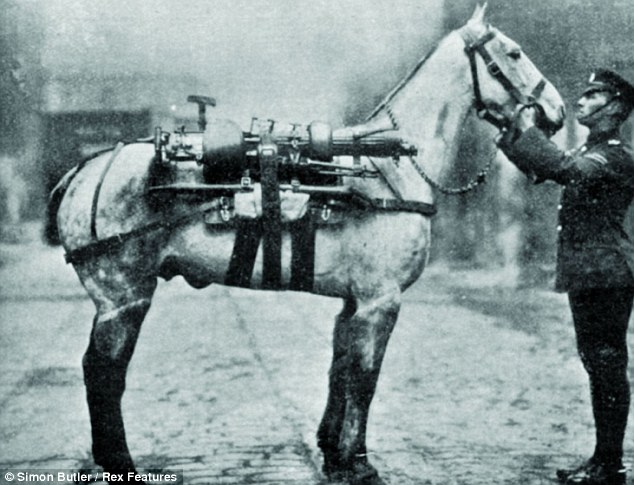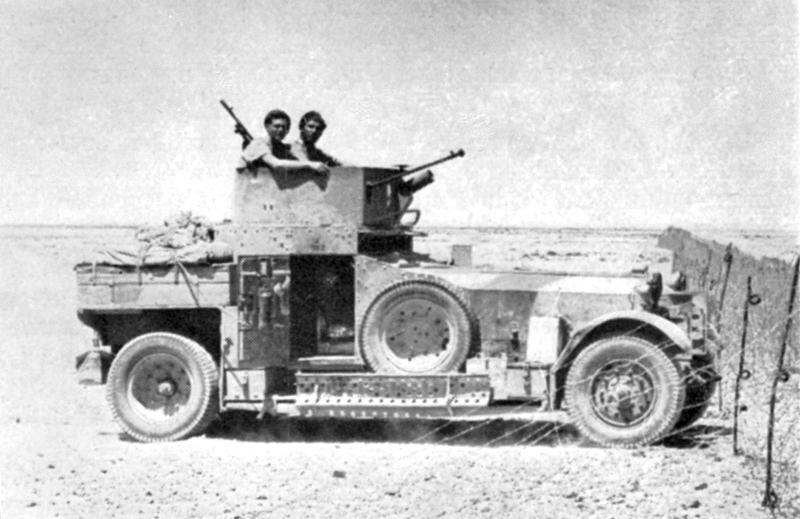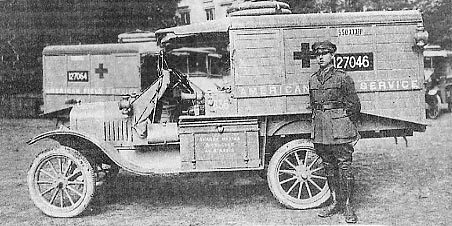Wheels of Duty
1915-1925
Lecture summary
This week, we focused on the time period between 1915-1925. As small as the time gap may seem, there were many innovations and ideas in the world of art and design. We viewed one of the many art movements of the time, Dadaism and its artists. I found dadaism to be quite entertaining as it was an artistic movement that drew questions in society and often held such weird and ambiguous meaning. A part from dadaism, surrealism art was another genre that tended to the unusual, obscure ideals in art. What stood out to me in the lecture was the values that ______ had in creating the ___ house, and how it appears as a building that could have been made during this time.
Wheels of ww1
During the early 1900’s, automobiles had been a a very selective form of transportation. Horses were the most dominant form of travelling as automobiles were accessible only to the upper class. It was the first world war that had changed the face of transportation as the need for more durable force was essential for the battle fields. Vehicles from everyday streets had been improved to move troops through conflict zones, to transport supplies and gear to the battle front, and the carry to injured.

Over 8 million horses had died in battle
The Rolls Royce Silver Ghost model was one of the leading automobile models to be used for battle by the British Military. As it held a high reputation of being the most dependable vehicle on the streets of Britain, it was only right to continue to put it to use. Silver Ghost models were requisitioned– pulled from the streets and demanded to be used for battle. These customer cars were then reinforced with armour cladding and equipped with a machine gun, ready for the war.

Rolls-Royce Armoured Car
This arrangement of beefing up requisitioned vehicles was also used on the Ford T-Model. Founder of the Ford Motor Company, Henry Ford initially did not want to contribute to the war effort but allowed his vehicles to serve as ambulances. After the United States had entered the war, the Motor Company had become more involved in the war efforts. The Ford T-Model was then not only used as ambulances, but also served as delivery trucks, mobile workshops and artillery carriers in the war.

Armoured Ford T-Model Ambulance
http://www.curbsideclassic.com/automotive-histories/automotive-history-the-ford-model-t-in-world-war-i/
https://www.warhistoryonline.com/world-war-ii/not-just-tanks.html